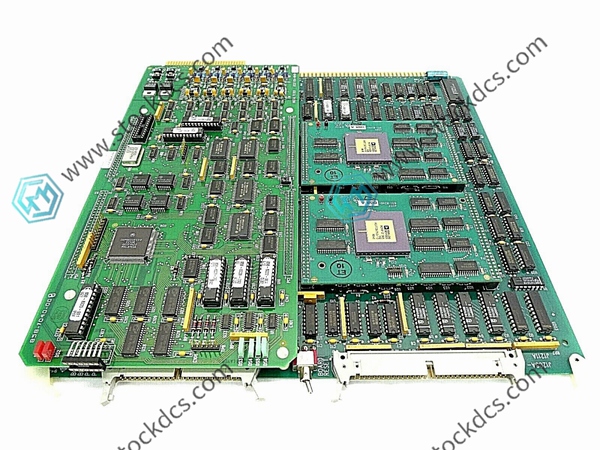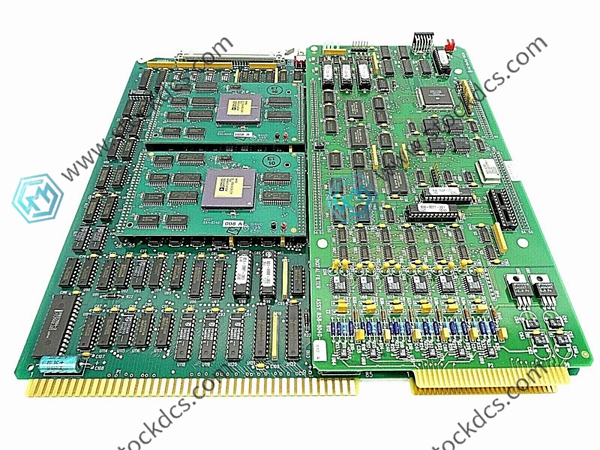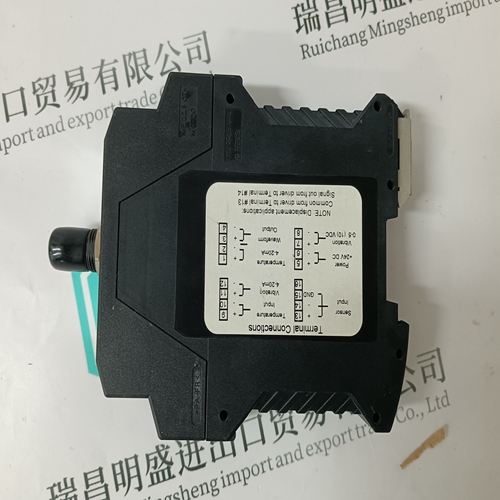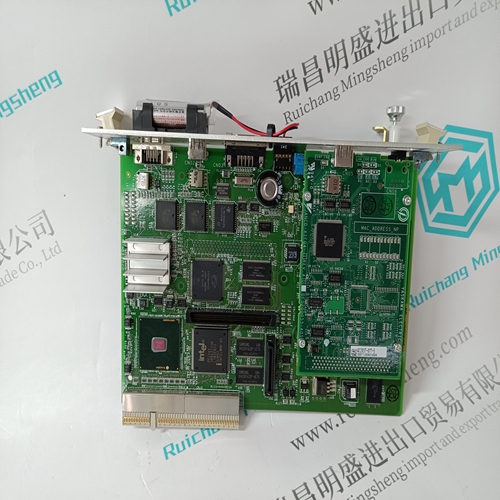Home > Product > Robot control system > ASML 859-0743-018 CPU module
ASML 859-0743-018 CPU module
- Goods status: new/used
- Delivery date: stock
- The quality assurance period: 365 days
- Phone/WhatsApp/WeChat:+86 15270269218
- Email:xiamen2018@foxmail.com
- Tags:859-0743-018
- Get the latest price:Click to consult
ASML 859-0743-018 CPU module
Product Details Introduction
ASML 859-0743-018 The use of CPU modules in computer systems involves the following aspects
Execution of instructions: The CPU is the core of the computer system and is responsible for executing the instruction set in the computer program. This includes arithmetic operations, logical operations, data transmission and other operations.
Control computer operations: ASML 859-0743-018 The CPU has a control unit responsible for coordinating and controlling various parts of the computer to ensure that they execute in the correct order.
Data processing: The CPU is responsible for processing data, including reading and writing data in memory, and performing various computing operations.
Clock management: The CPU executes instructions synchronously through clock signals to ensure that the various components of the computer work according to a coordinated time base. .
Interrupt management: The CPU has an interrupt management mechanism that can handle corresponding external events or device requests for specific processing and management, which is critical for processing real-time tasks and external inputs.
Register Operation: ASML 859-0743-018 The CPU contains registers, which are small and fast storage units used to temporarily store data. Registers are critical for executing instructions and storing temporary data.
Multi-core processing: Some CPU modules include multiple processor cores, allowing multiple tasks to be performed in parallel, improving overall system performance.
Cache management: The cache in the CPU is used to temporarily store frequently accessed data to improve data access speed.
Support different architectures: CPUs can be based on different architectures, such as x86, ARM, PowerPC, etc. Each architecture has its specific instruction set and design ideals.
Energy efficiency and energy saving: Some CPU module designs focus on energy efficiency and adopt advanced manufacturing techniques and energy-saving strategies to improve power consumption.
Communication interface: In some applications, the CPU module may need to communicate with other devices or modules, so it may include communication interfaces, such as serial port, SPI, I2C, etc.
Real-time requirements: Some embedded systems may have higher real-time requirements, and the CPU module needs to meet these real-time requirements.
Product image

Related products:
ASML 4022.436.8226 PCB Assembly
ASML 859-0331-002 Relay Sensor
ASML 851-9951-002 Pressure Transmitter
其他网站链接








